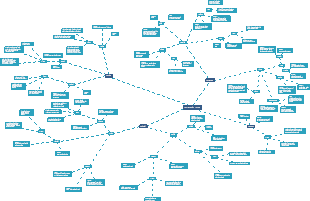MindMap Gallery Hypersensitivity Concept map
Hypersensitivity Concept map
A comprehensive concept map about hypersensitivity: Immediate (Type I) Hypersensitivity Cytotoxic (Type II) Hypersensitivity Immune Complex-Mediated (Type III) Hypersensitivity Cell-mediated (Type IV) Hypersensitivity
Edited at 2021-08-30 12:14:27Hypersensitivity Concept map
- Recommended to you
- Outline









